According to a basic blueprint, gemstones are precious stones if they tick the three magic boxes: beauty, rarity, and durability. If they pass the ticks, they are called ‘gem-quality” stones.
In terms of science, gemstones should be made out of minerals naturally found on the earth. They should have a defined chemical composition and a clear atomic structure.
Diamonds are also gemstones. They fall under a gemstone category, so the right distinction should be made between a diamond and an uncolored gemstone. For example, a raw malachite necklace differs from a lab-grown diamond tennis bracelet as one is a gemstone, and the other is a diamond. Let’s take a look at 7 types of Semi-Precious stones available at YFN Jewelry before you make a purchase!
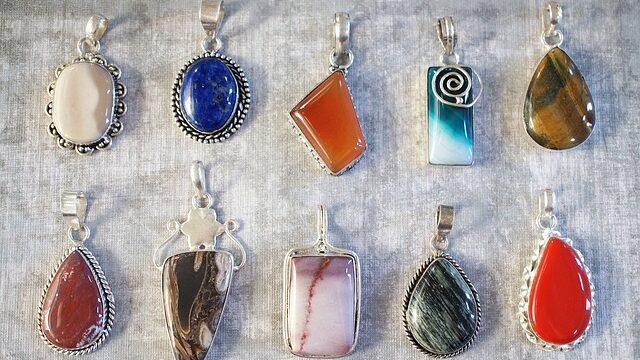
1. Red Coral Gemstone
This gemstone is found explicitly in the dark parts of the deep sea. This gemstone is sharp spicules of calcium carbonate. They are organic, natural gemstones that are actually the remains of polys underwater that, over time deposited together. The main characteristics of this gemstone are its toughness, durability, and strong pink and red color. Red Coral is for vitality and mental focus.
2. Raw Malachite
Malachite is a mineral that is green copper carbonate. It is a gemstone formed in the shallow oxidizing zone above the copper deposits in the earth. Its most striking visual character is its color, green. It ranges from pastel green to bright green to extremely dark green. These rare gemstones are found in tabular shape, translucent and lustrous. It is shaped into cabochons or beads for jewelry.
3. Tiger’s Eye
It is a very popular gemstone that reflects chatoyancy (cat’s-eye) when the stone is polished thoroughly and then when it is moved back and forth in incident light. It is classified as a quarts gemstone and appears to be brown. It forms when the fibers of crocidolite minerals are replaced by silica. Tiger’s-eye is a very sought-after ring stone used in men’s rings and cufflinks.
4. Mother Of Pearl
The mother of pearl is a natural gemstone found in three mollusks: Abalone, mussels in freshwater, and pearl oysters. It is formed when the mollusk fights against parasites and layers of the nacre-an organic substance responsible for the gemstone’s multicolored iridescent visual. It is formed when small crystal particles and stones blend in the shells. It’s composed of aragonite. The healing and protective properties of the mother of pearl are well known.
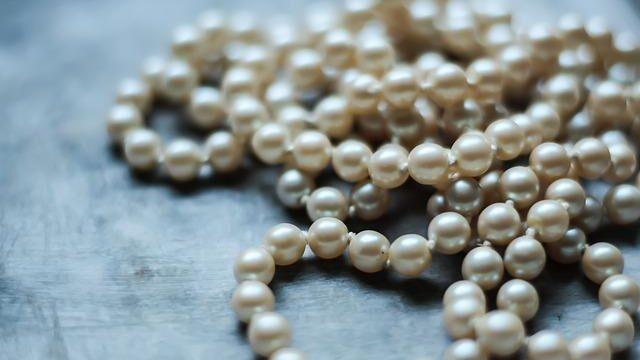
5. Moissanite
Moissanite is a gemstone that is made of a mineral known as silicon carbide. It is very similar to a diamond and is so rare that it can hardly be cut into a one-carat gemstone to be used as a white gemstone. When a diamond is way expensive, moissanite is the answer. Furthermore, it is second in hardness as compared to diamonds.
6. Abalone Shell
It is a natural gemstone found in the oceans. Visually it depicts the ambiance of the ocean with its combination of blue and greens fused with the ocean’s wave pattern of rolls and swirls. It is found in the mollusk family with a shell attached to rocks or other organisms in the sea. The shell of the Abalone is used in jewelry, and the unique characteristic is that there are never two similar pieces found.

7. Projection Stone
Projection stones are based on the Nomai ideology. The Nomai used them to communicate with each other from different remote locations. One of the most pieces of popular jewelry at YFN is the 100 languages projection collection.
Here are three methods to review the hidden photo in the projection stone:
Method 1: Turn on your phone camera. Aline with the projection stone to your camera lens and view the photo inside the stone from your camera.
Method 2: Use a flashlight(from your mobile phone) and point it towards the back of the projection stone. Project the image via the stone to a plain wall in the dark to see the photo.
Method 3: The easiest way is just to peek into the stone with your naked eyes!
Conclusion:
Some people spend all of their savings on diamonds or valuable stones. Therefore, it’s crucial to thoroughly understand the specifics and varieties of the stone you want. Keep this guide safe with you as we have covered every nook and crook about precious stones and all you need to know!
Citation:
King, H., 2022. Malachite: Uses and properties of the mineral and gemstone. [online] Geology.com. Available at: <https://geology.com/minerals/malachite.shtml> [Accessed 31 August 2022].


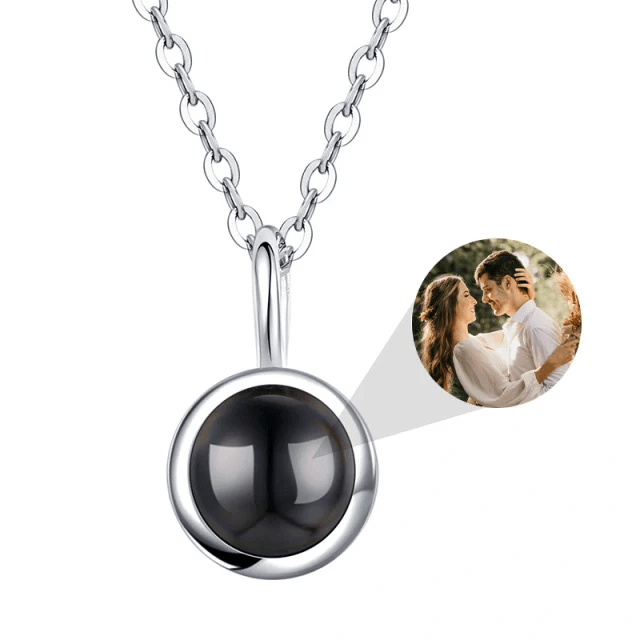
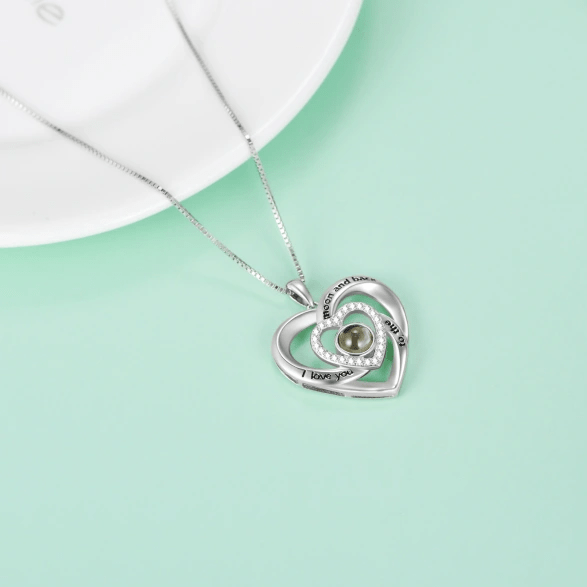
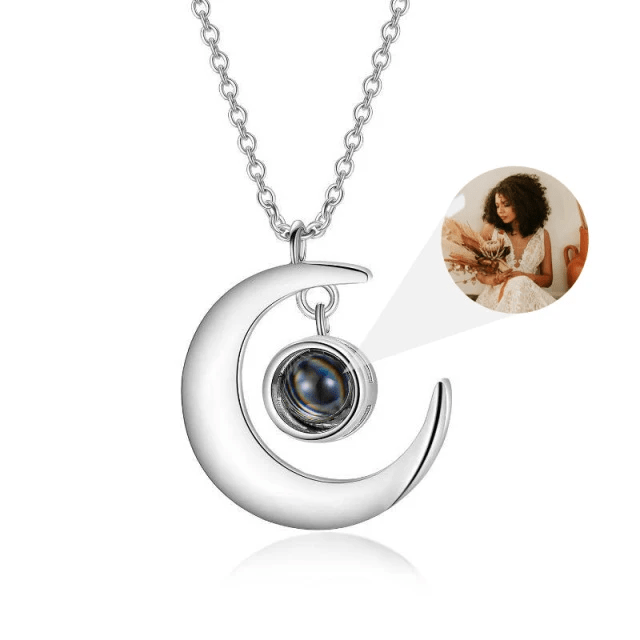


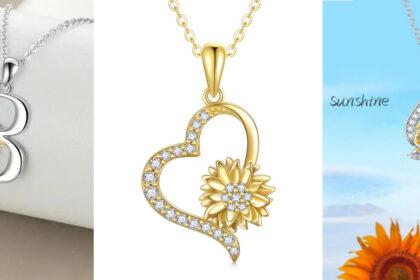

look forward to your next post
Top ,.. top top … post! Keep the good work on !